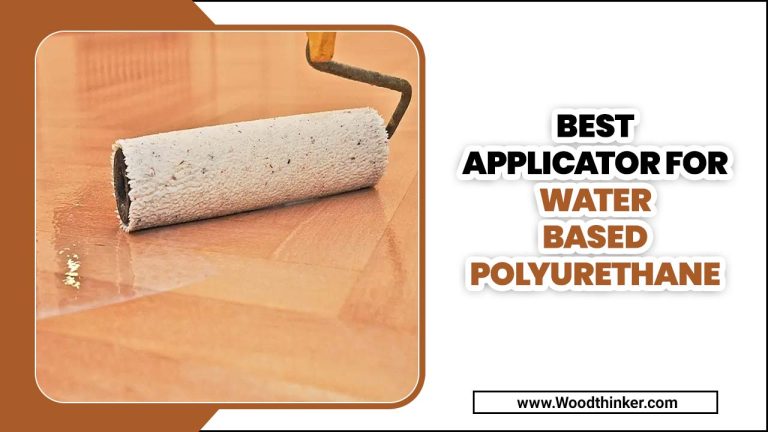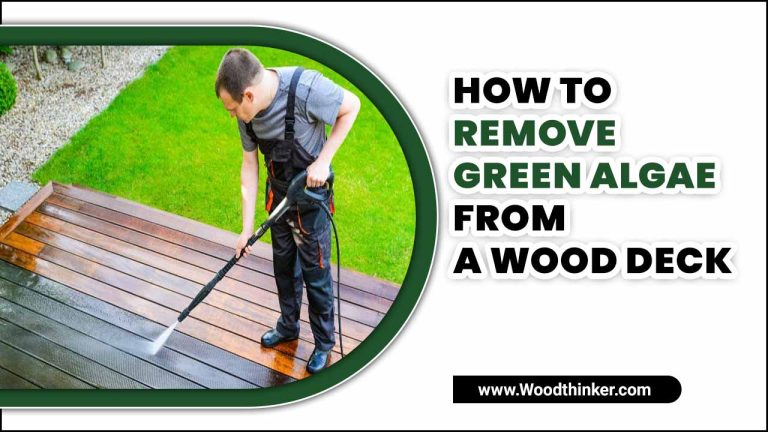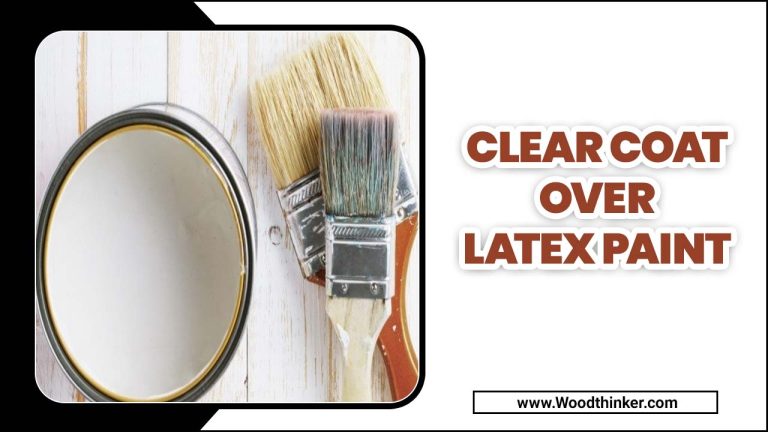Can You Use Mineral Spirits To Remove Paint – Expert Advice
Paint can add a fresh look to any space, whether a room in your home or furniture. However, with the joy of painting comes the burden of cleanup.
While soap and water may do the trick for water-based paints, oil-based paints can be a bit more stubborn. This is where mineral spirits come in. Mineral spirits or paint thinner, clean up oil-based paints. But can it also be handy to remove paint?
Many DIY enthusiasts and homeowners may wonder if this common household product is viable for removing paint. Here, we will explore the uses, safety precautions, and techniques of using mineral spirits to remove paint from different surfaces. So, let’s dive in and learn more about this versatile paint remover.
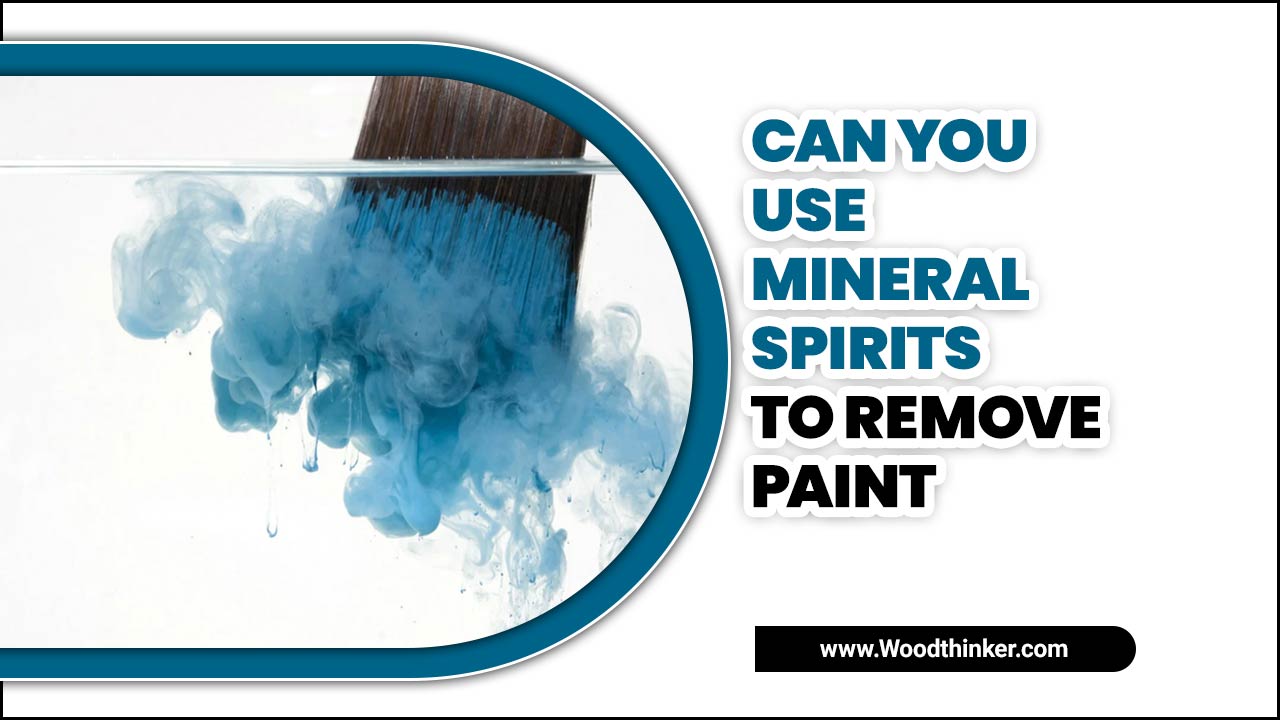
What Are Mineral Spirits, And How Do They Work?
Mineral spirits, or paint thinner or white spirits, are organic solvents commonly handy for thinning oil-based paints, cleaning brushes, and other painting tools. They are derived from petroleum and are widely available in home centres and hardware stores.
Mineral spirits break down the paint, making it easier to remove or clean. Compared to paint removers, mineral spirits have lower volatile organic compounds (VOC) levels, contributing to strong fumes and toxicity. This lower VOC content makes mineral spirits a safer alternative for paint removal.
How Can You Use Mineral Spirits To Remove Paint
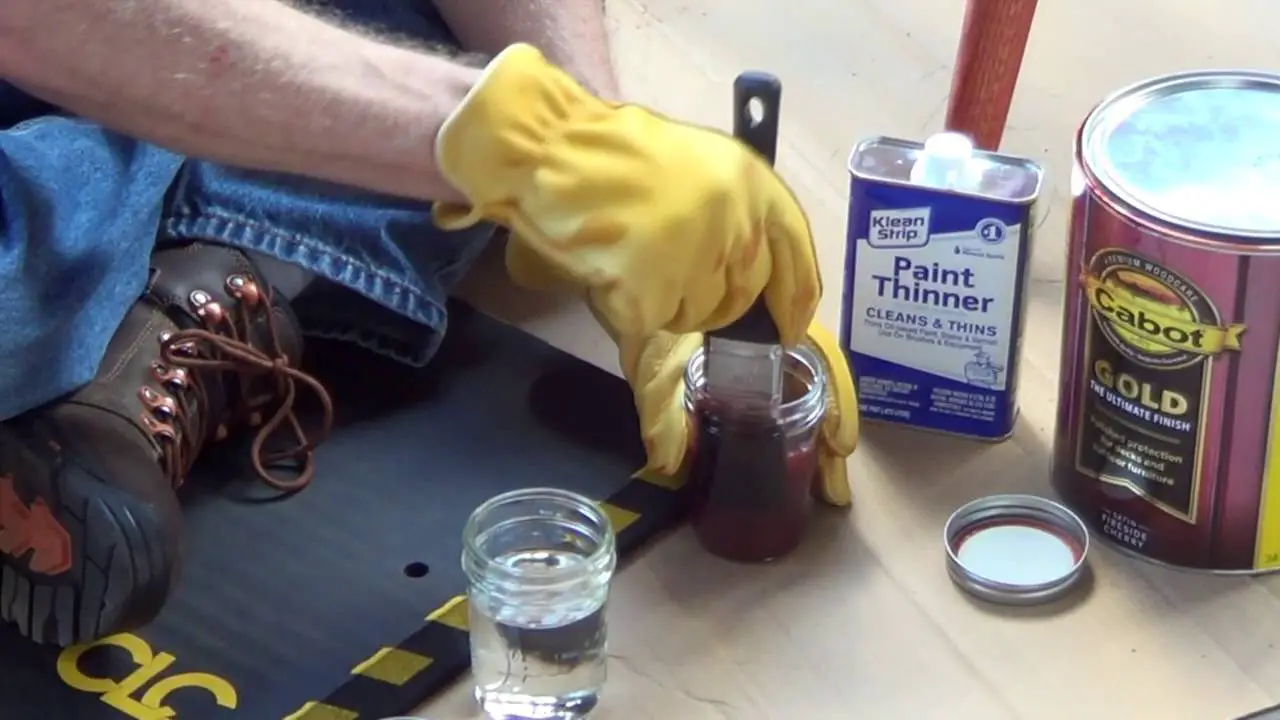
Mineral spirits, also known as white spirits or paint thinner, are versatile and effective solvents with many applications. It is commonly handy in the painting and woodworking industries for thinning paint and cleaning brushes, tools, and surfaces.
By following these steps, you can effectively remove paint using mineral spirits. Remember to work in a well-ventilated area and dispose of solvent-soaked rags properly to prevent fire hazards. Let’s delve into the step-by-step process of whether you can use mineral spirits to remove paint.
- Gather Your Materials: Before you begin, gather all the necessary materials. You will need mineral spirits, clean brushes, paint brushes, a dry rag, a damp rag, and soapy water for cleanup.
- Prepare The Surface: Ensure the surface you want to remove paint from is clean and dry. Remove any loose paint or debris using a paint scraper or sandpaper.
- Apply Mineral Spirits: Dampen a clean rag with mineral spirits. They rub a small paint area on a small surface area and apply gentle pressure. Work in small sections, allowing the mineral spirits to soften the wet paint.
- Remove The Paint: Continue rubbing the surface with the damp rag as the paint softens, using different areas of the rag to transfer the paint. Be patient, as it may take multiple passes to remove the paint completely. If needed, reapply mineral spirits to stubborn stain areas.
- Clean And Rinse: Once the paint is removed, clean the entire surface with soapy water and a rag or sponge. This will help remove any sticky residues left behind by the mineral spirits and paint. Rinse the surface with clean water and dry thoroughly.
Removing Paint From Wood Surfaces With Mineral Spirits
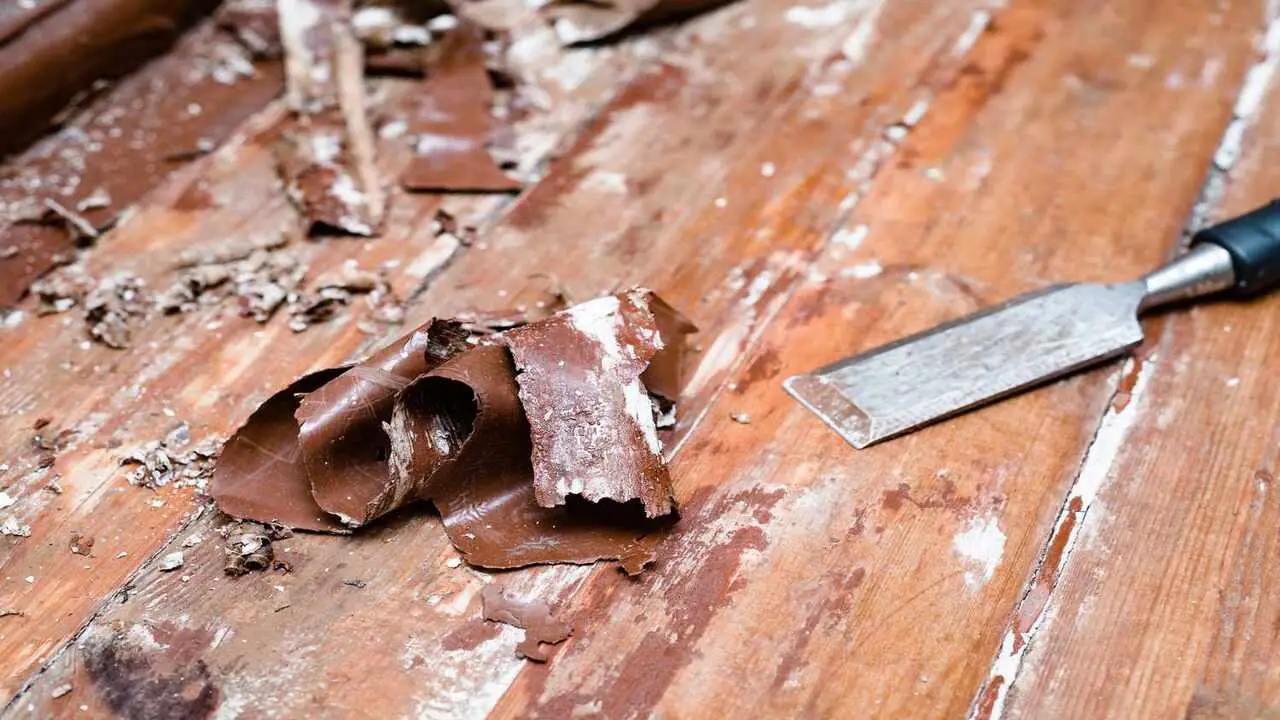
Removing paint from wood surfaces can be more delicate, as wood is porous and can absorb mineral spirits. These steps will help you effectively remove paint from wood surfaces using mineral spirits. Always test a small, inconspicuous area first to ensure compatibility with the wood and avoid any potential damage. Here’s a step-by-step guide specifically for removing paint from wood using mineral spirits:
- Prepare The Wood: Ensure the wood surface is clean and free of loose paint or debris. Use a scraper or sandpaper to remove any stubborn paint spots.
- Apply Mineral Spirits: Apply a small amount of mineral spirits to a clean, dry rag. Gently rub the paint on the wood surface, working in small sections. Use a different section of the rag or a new rag as the paint is transferred.
- Remove The Paint: Rub the paint surface with mineral spirits, using gentle pressure. As the paint softens, it will begin to lift off. Be patient, as removing all the paint may take multiple passes.
- Clean And Rinse: After removing the paint, clean the wood surface with soapy water to remove any residue. Rinse the surface with clean water and dry thoroughly. Sanding the wood surface lightly after paint flakes removal can help achieve a smooth finish.
Removing Paint From Metal Surfaces With Mineral Spirits
Removing paint from metal surfaces can often be more challenging, especially if the paint has multiple layers or is particularly stubborn. Following these steps, using mineral spirits, you can effectively remove paint from metal surfaces.
However, remember that different types of paint and thinners may require alternative methods or additional steps. Here’s a step-by-step guide on using mineral spirits to remove paint from metal surfaces:
- Prepare The Metal Surface: Clean the metal surface by removing loose paint or debris using a scraper, sandpaper, or wire brush. Ensure that the surface is dry before proceeding.
- Apply Mineral Spirits: Apply mineral spirits to a clean, dry rag. Gently rub the paint on the metal surface, working in small sections. Transfer the paint using a different section of the rag or a new rag.
- Remove The Paint: Continue rubbing the paint surface with mineral spirits, using gentle pressure. As the paint softens, it will start to come off. Be patient and persistent, as multiple passes may be required to remove the paint fully.
- Clean And Rinse: Once the paint is removed, clean the metal surface with soapy water to remove any residue. Rinse the surface with clean water and dry thoroughly. Dispose of solvent-soaked rags properly to prevent fire hazards.
Removing Paint From Plastic Surfaces With Mineral Spirits
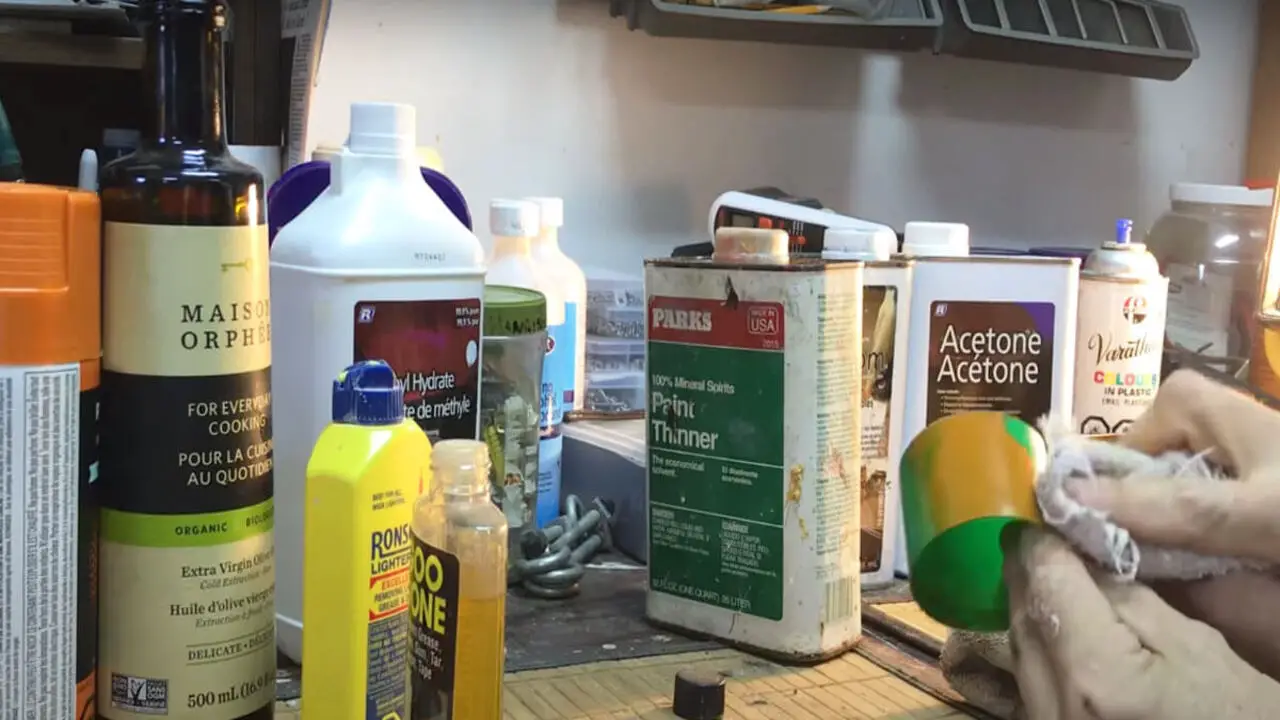
Removing paint from plastic surfaces can be more challenging, as mineral spirits can potentially damage certain types of plastic. Not all plastics are compatible with mineral spirits, so it’s important to test a small area first and proceed cautiously.
If mineral spirits are too strong for the plastic, consider alternative paint removal methods or seek professional advice. Here are some tips for removing paint from plastic using mineral spirits:
- Test Compatibility: Before applying mineral spirits, test a small, inconspicuous area of the plastic surface to ensure it is compatible with the solvent. Some plastics may react adversely to mineral spirits and become discoloured or damaged.
- Apply Mineral Spirits: Apply mineral spirits sparingly to a clean, solvent-resistant rag. Gently rub the paint on the plastic surface, using minimal pressure. Work in small sections, using different areas of the rag as the paint is transferred.
- Remove The Paint: Continue to rub the paint surface with mineral spirits, not applying excessive pressure that could damage the plastic. As the paint softens, it will begin to come off. Be patient, as multiple passes may be needed to remove all the paint.
- Clean And Rinse: After paint removal, clean the plastic surface with soapy water to remove any residue. Rinse the surface with clean water and dry thoroughly. This will help eliminate any lingering solvent odour.
Safety Precautions When Using Mineral Spirits
While mineral spirits are generally safe to use, taking certain safety precautions to protect yourself is important. When using mineral spirits, working in a well-ventilated area is essential to avoid inhaling the strong fumes. Open windows or use fans to improve airflow in the room. Additionally, wearing safety glasses and gloves protects your eyes and skin from contact with toxic compounds.
Since mineral spirits release toxic volatile organic compounds, avoiding breathing in the fumes is crucial. If you’re working on a larger paint removal painting project, consider using a respirator further to protect your respiratory health system from prolonged exposure. Finally, keep mineral spirits from open flames or ignition sources, as they are highly flammable.
Tips For Successful Paint Removal With Mineral Spirits
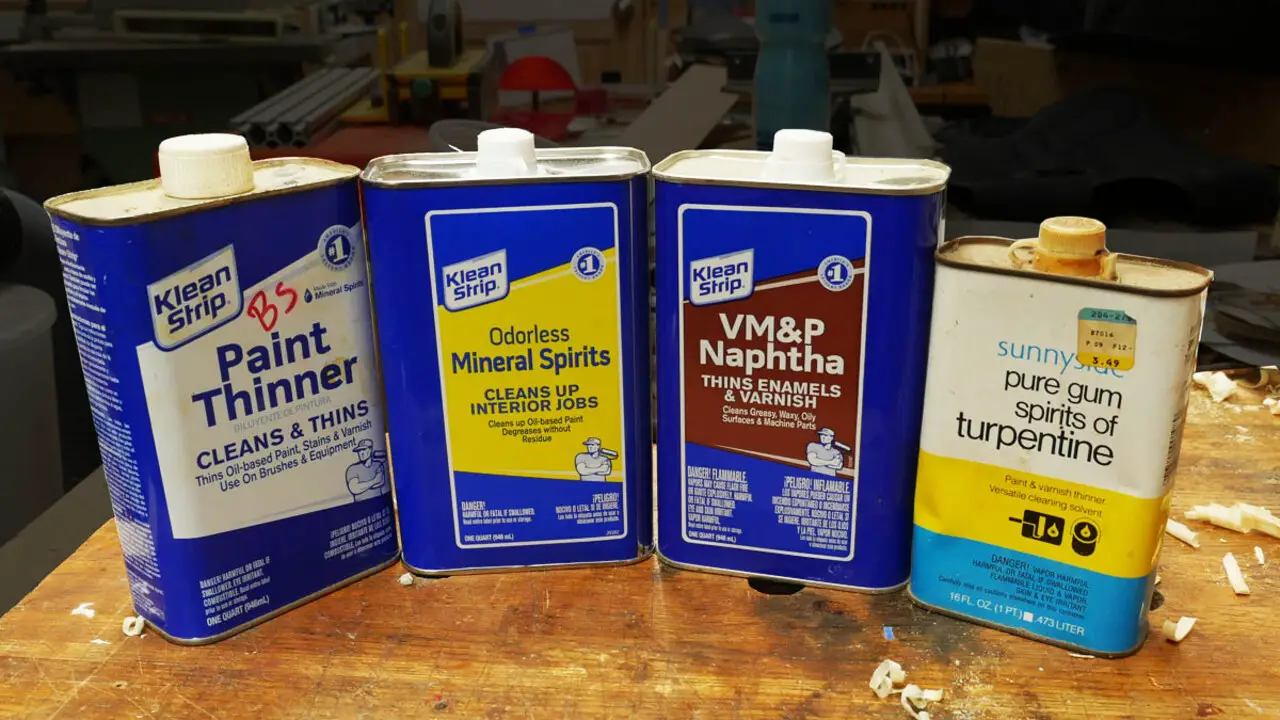
To ensure a successful paint removal process using mineral spirits. Mineral spirits, white spirits, or paint thinners are versatile and widely used solvents. They are commonly used in painting and woodworking to thin oil-based paints and clean brushes and tools. By following these tips, you can enhance your paint removal experience with mineral spirits and achieve better results. Keep the following tips in mind:
- Use Mineral Spirits Sparingly: Instead of applying mineral spirits directly to the surface, dampen a clean, dry rag with the solvent. This allows for better control and prevents excessive use.
- Test Compatibility: Before using mineral spirits on the entire surface, test a small, inconspicuous area to ensure it doesn’t damage or discolour the material. Different types of paint and surfaces may react differently to mineral spirits.
- Work In A Well-Ventilated Area: The fumes from mineral spirits can be strong, so working in a well-ventilated area is essential. Open windows, turn on fans or use respiratory protection to minimize inhalation of fumes.
- Follow Manufacturer’s Recommendations: Read and follow the manufacturer’s instructions and safety guidelines when using mineral spirits or any paint remover product. This will ensure safety and optimal results.
- Clean Up With Soapy Water: After removing the paint with mineral spirits, clean the surface with soapy water to remove any solvent residue. This helps to eliminate any lingering odours and prepares the surface for further treatments or finishing.
Alternatives To Mineral Spirits For Removing Paint
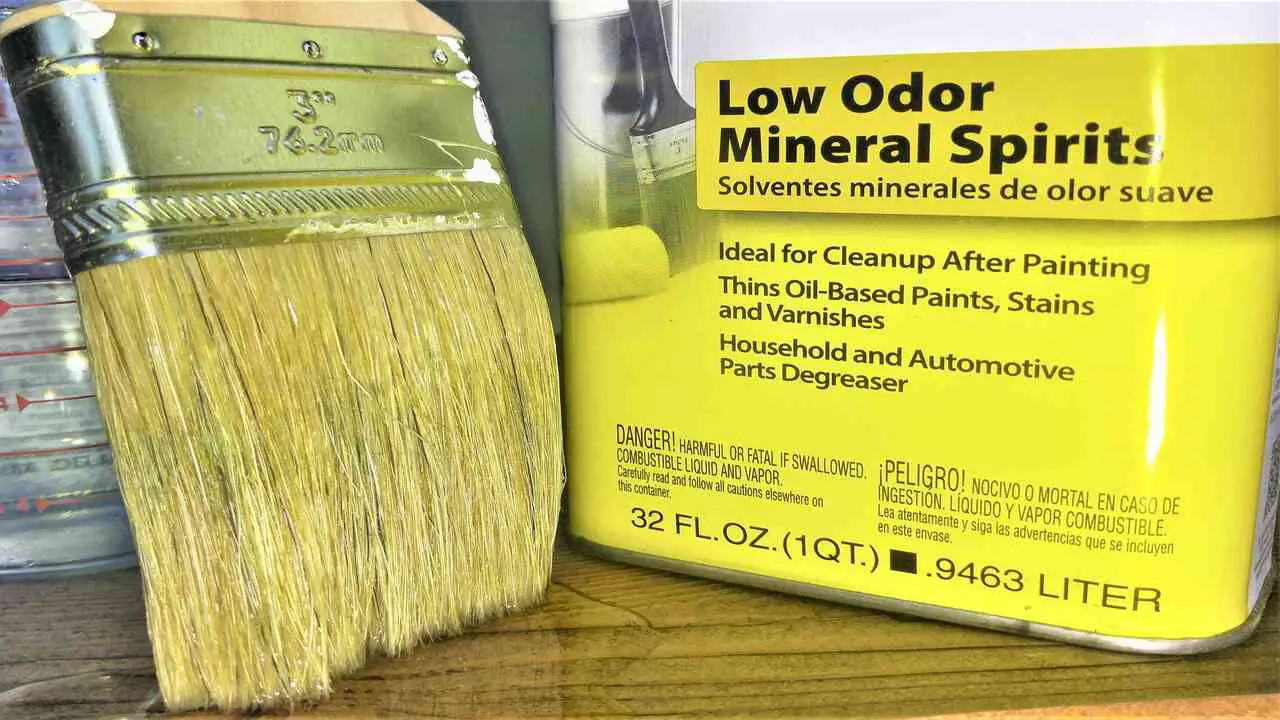
While mineral spirits are effective for removing paint, alternatives are available, depending on the type of paint, surface, and personal preferences. When choosing an alternative to mineral spirits, consider the type of paint, surface, safety requirements, and personal preferences. Always follow the manufacturer’s recommendations and safety guidelines for the specific product. Here are some common alternatives to mineral spirits:
- Lacquer Thinner: Lacquer thinner is another solvent used for paint removal, particularly lacquer-based paints. It is more potent than mineral spirits and evaporates quickly, making it useful for thin paints or small areas. However, lacquer thinner can be more toxic and flammable, so proper safety precautions should be taken.
- Acetone: Acetone is commonly used for nail polish removal but can also be effective for paint removal, especially on hard surfaces like metal and plastic. Acetone evaporates quickly and has a strong odour, so good ventilation and safety precautions are necessary.
- Nail Polish Remover: Nail polish remover, which usually contains acetone, can substitute mineral spirits for small paint removal paint projects.
- Paint Strippers: Paint strippers are chemical products designed specifically for paint removal. They can be highly effective but may require more caution due to their high toxicity and strong fumes.
- Citrus-Based Paint Removers, Soy Gel, And Biodegradable Options: For environmentally friendly options, citrus-based paint removers, soy gel, and biodegradable paint strippers are available. These products can effectively remove paint without the strong odor and harsh chemicals associated with traditional solvent-based products, but they may require longer working times.
Conclusion
Mineral spirits can be a useful tool for removing paint from various surfaces. Whether it’s wood, metal, or plastic, following the step-by-step guide provided in this blog can help you achieve successful paint removal. However, it is essential to prioritize safety when working with mineral spirits. Always wear protective gear and ensure proper ventilation to avoid any potential hazards.
While mineral spirits are effective in paint removal, it’s important to consider alternatives depending on your specific needs and preferences. Remember, proper research and understanding of the process will help you make informed decisions and achieve the desired results.


